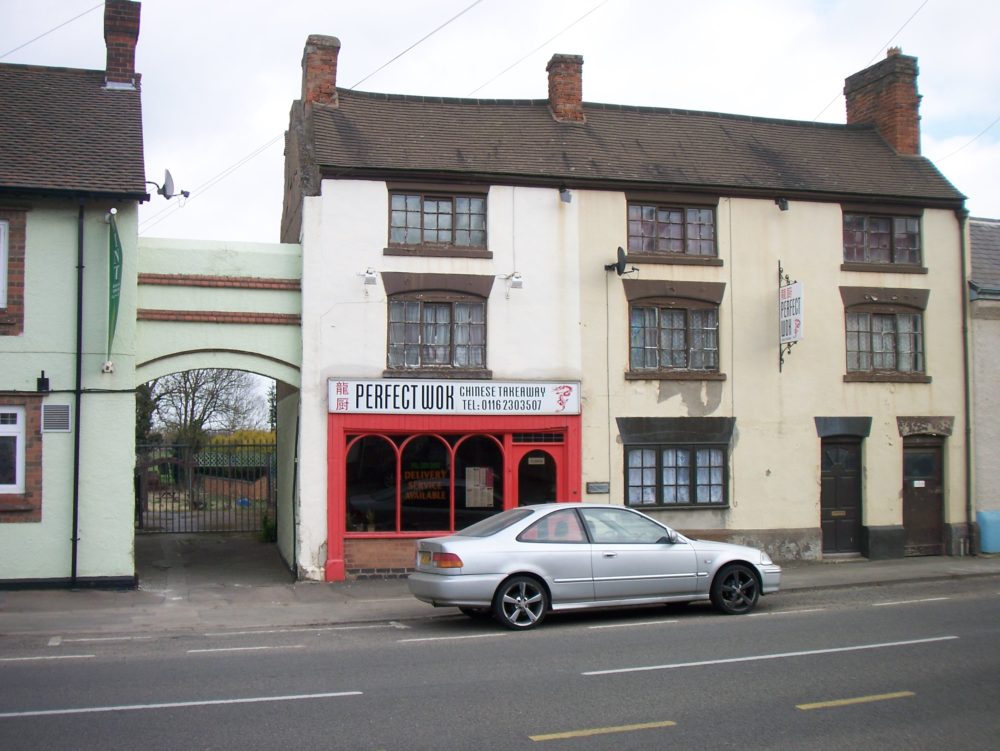George Woolley, in 1841, was the Beerseller at the The Cricket Players Arms. He lived there with his wife, Martha and four children Frances, John, Sarah and William.
By 1851 the children had left home and George was working as a Brickmaker. His wife Martha was the Beerhouse Keeper.
In 1861 George was Brickmaker and Innkeeper, Martha the publican’s wife and an Irish quarry worker, Martin King, was boarding with them.
In 1871 the Beerhouse Keeper at the pub was George’s daughter Sarah Palmer. She lived there with her four children Sarah, Anne,Thomas and Rose.
After 1871 the pub became a private house.

The Cricket Players Arms was at the right end of this building, next door to a grocery shop; in 1871 the grocer was Thomas Herrick. By 1901 Joseph Crosby was the grocer.

It is now a Chinese takeaway


 the lives of the men and women of Mountsorrel who were involved in the Great War. The book, entitled “Mountsorrel in the Great War” runs to some 200 pages and with over 160 illustrations and maps.
the lives of the men and women of Mountsorrel who were involved in the Great War. The book, entitled “Mountsorrel in the Great War” runs to some 200 pages and with over 160 illustrations and maps.



